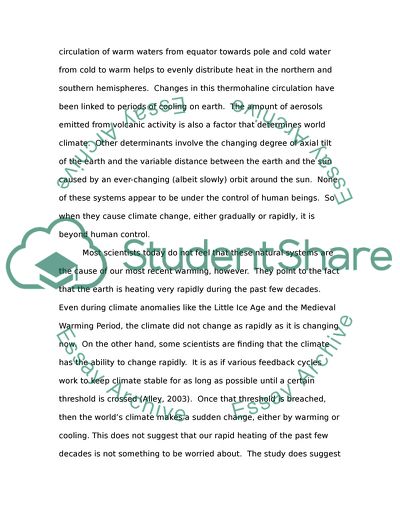Cite this document
(“Current Climate Change and Mitigation Research Paper”, n.d.)
Current Climate Change and Mitigation Research Paper. Retrieved from https://studentshare.org/environmental-studies/1728777-current-climate-change-and-mitigation
Current Climate Change and Mitigation Research Paper. Retrieved from https://studentshare.org/environmental-studies/1728777-current-climate-change-and-mitigation
(Current Climate Change and Mitigation Research Paper)
Current Climate Change and Mitigation Research Paper. https://studentshare.org/environmental-studies/1728777-current-climate-change-and-mitigation.
Current Climate Change and Mitigation Research Paper. https://studentshare.org/environmental-studies/1728777-current-climate-change-and-mitigation.
“Current Climate Change and Mitigation Research Paper”, n.d. https://studentshare.org/environmental-studies/1728777-current-climate-change-and-mitigation.


